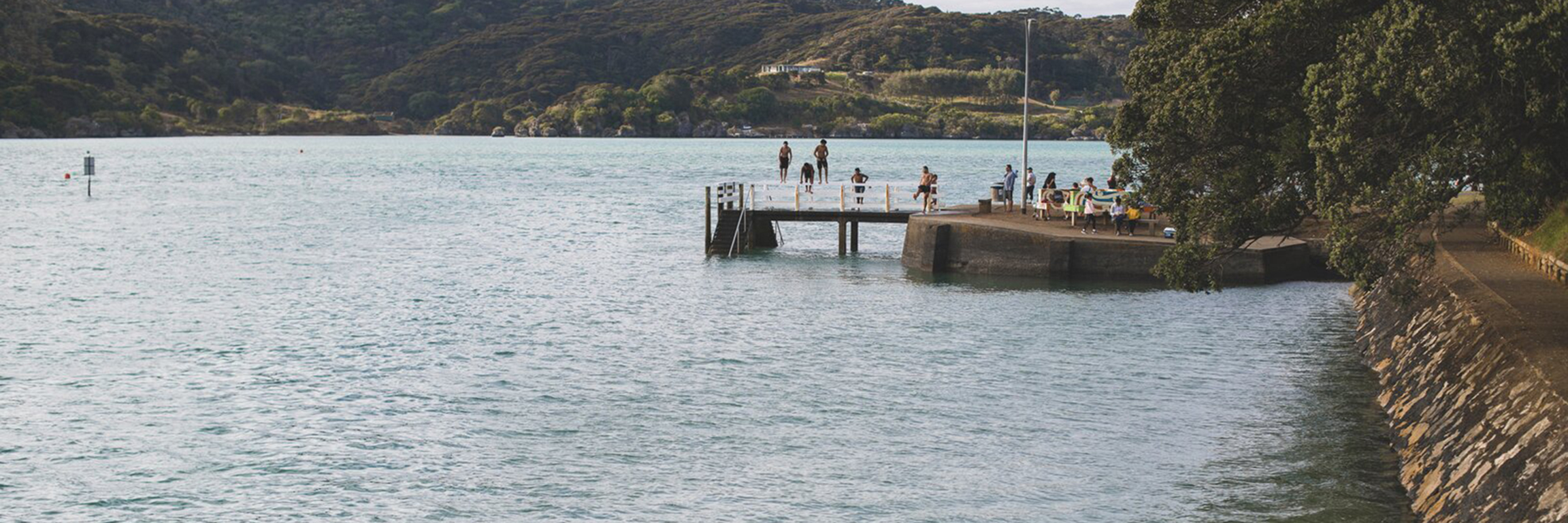Our summer monitoring programme
Waikato Regional Council monitors a number of popular open coast beaches and estuaries during the summer months to assess the suitability of the water for recreation such as swimming and surfing. We monitor these beaches weekly from November to March.
Water quality at Waikato beaches is generally high but caution should be taken following heavy rain. Heavy rain flushes contaminants from urban and rural land into waterways, which then make their way to the coast. These contaminants may be present in the water for up to two days (48 hours) after heavy or prolonged rainfall.
We work together with district councils and the Waikato District Health Board to identify any results that may have public health implications and then provide the public with the best quality information.
You can view the monitoring sites and results on this page, below.
Measures and guidelines
We measure faecal indicator bacteria (FIB) levels: enterococci in marine waters, enterococci and E .coli in estuaries.
Results from our water samples are compared to national standard trigger levels to interpret the potential for contamination and determine whether water at the site is suitable for recreation.
National standard trigger levels
| Trigger level for enterococci/100 mL | Trigger level for E. coli/100 mL | Interpretation | Suitability for recreation |
|
<140 |
<260 |
Highly likely to be uncontaminated |
Suitable |
|
140–280 |
260-540 |
Potentially contaminated |
Potentially unsuitable |
|
>280 |
>540 |
Highly likely to be contaminated |
Highly likely to be unsuitable |
Latest coastal water monitoring results (LAWA website)
The table below is from the LAWA website. Scroll down through the monitoring sites, and select a site of interest to view more information.

